Sk Hasan Ali
Bangladesh has placed much of its energy future on imported liquefied natural gas (LNG) to fuel its power sector. However, all bets for LNG are off now, given its high cost and supply issues. The best way forward for the South Asian nation is renewables development.
Bangladesh, similar to nearby Pakistan, is facing severe headwinds from its decision to make liquefied natural gas (LNG) a major part of its power generation energy mix.
The South Asian nation relies on the super-cooled fuel for around 20% of its gas needs, up from some 11% only four years ago. Bangladesh started importing LNG from 2018-19 to compensate for depleted domestic gas reserves. It started purchasing LNG for gas-fired power plants from the spot market in 2020 to meet growing demand.
Bangladesh’s energy supply quandary has become even more acute since Russia’s invasion of Ukraine last year. The war kicked off an ongoing global energy crisis, resulting in record-high prices for pipeline natural gas supply and LNG.
Bangladesh Will Increase Liquefied Natural Gas Imports
This, however, hasn’t stopped the country of more than 168 million people from pushing ahead with more LNG import infrastructure development plans. Bangladesh has proposed 15.1 million tonnes per annum (mtpa) of new LNG import capacity. This comes with a price tag of USD 2.6 billion. Currently, the country has 9.3 mtpa of LNG import projects still operational.
Bangladesh’s reliance on imported LNG has already caused major blackouts over most of the country due to exorbitantly high fuel prices, including spot procurement and long-term offtake deals. The blackouts are expected to continue until 2026.


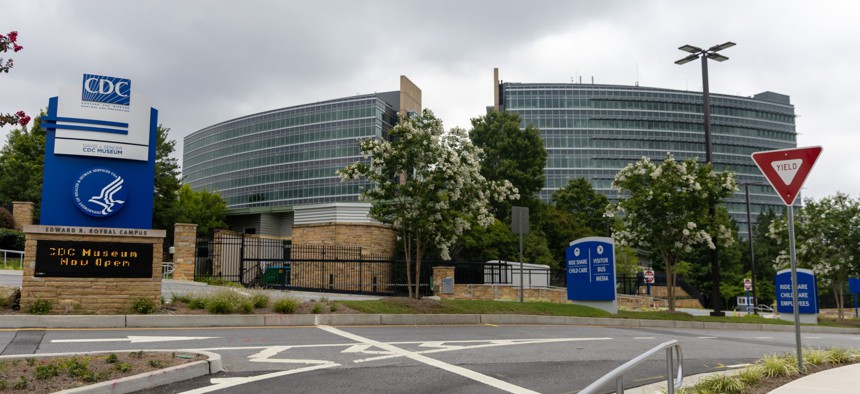

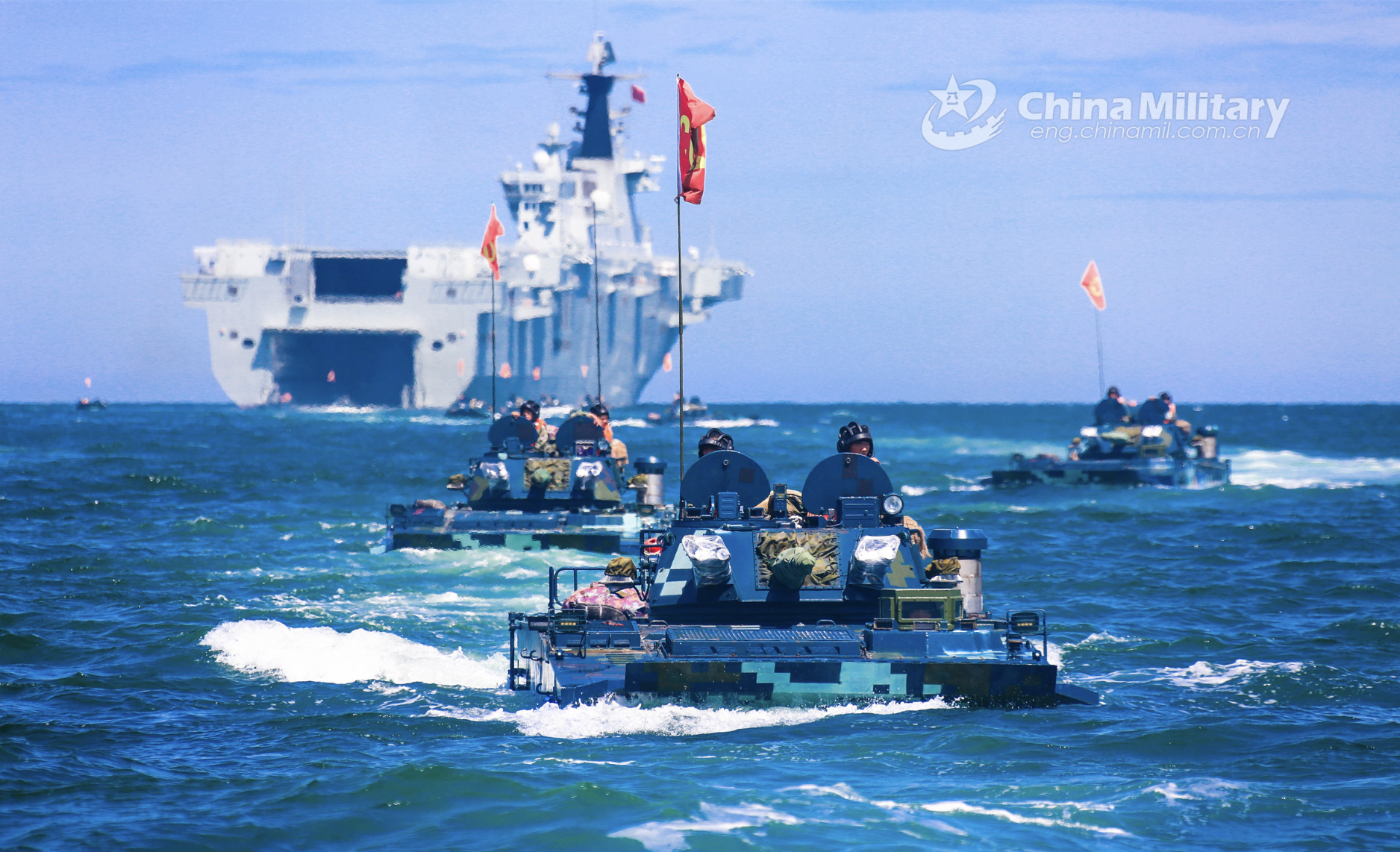



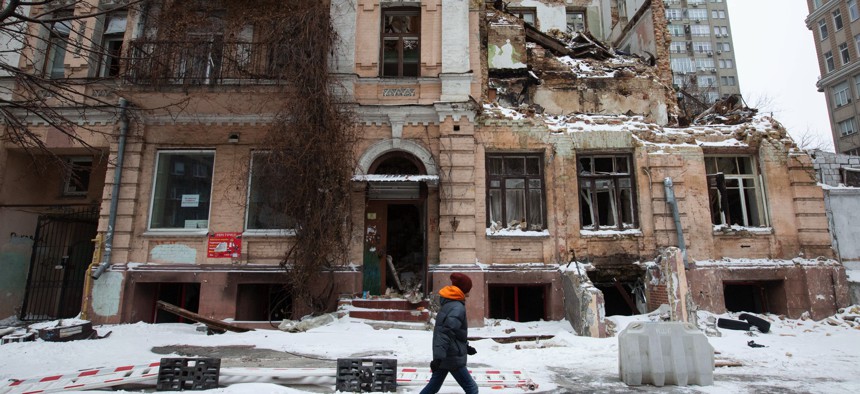
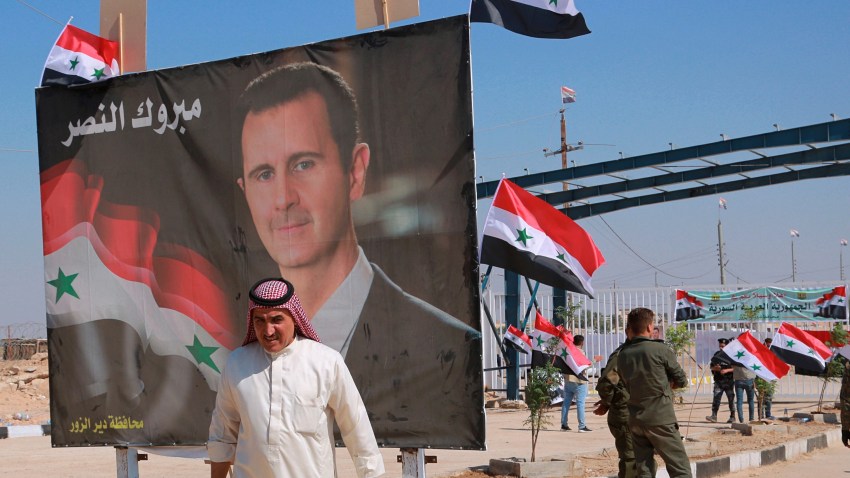




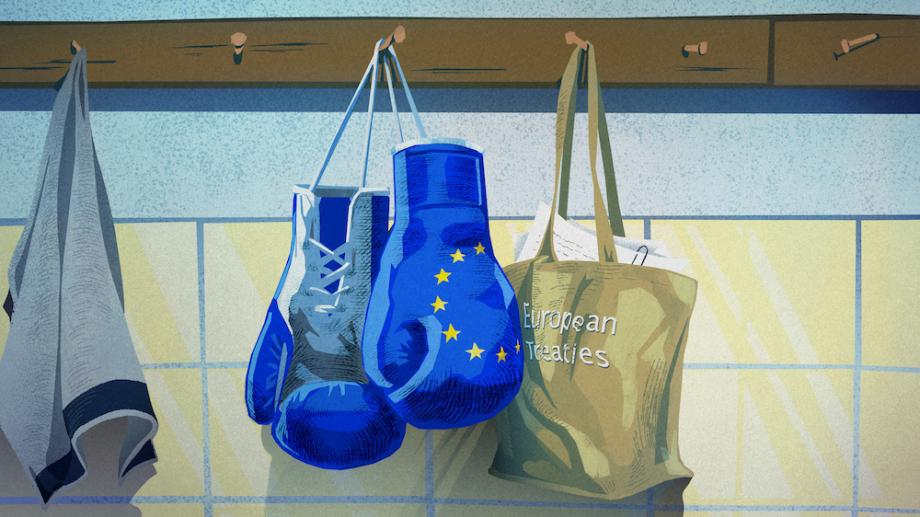





:quality(70)/cloudfront-us-east-1.images.arcpublishing.com/archetype/XOQPSUKAPFD2JDGPI4UON5O2AI.jpg)
